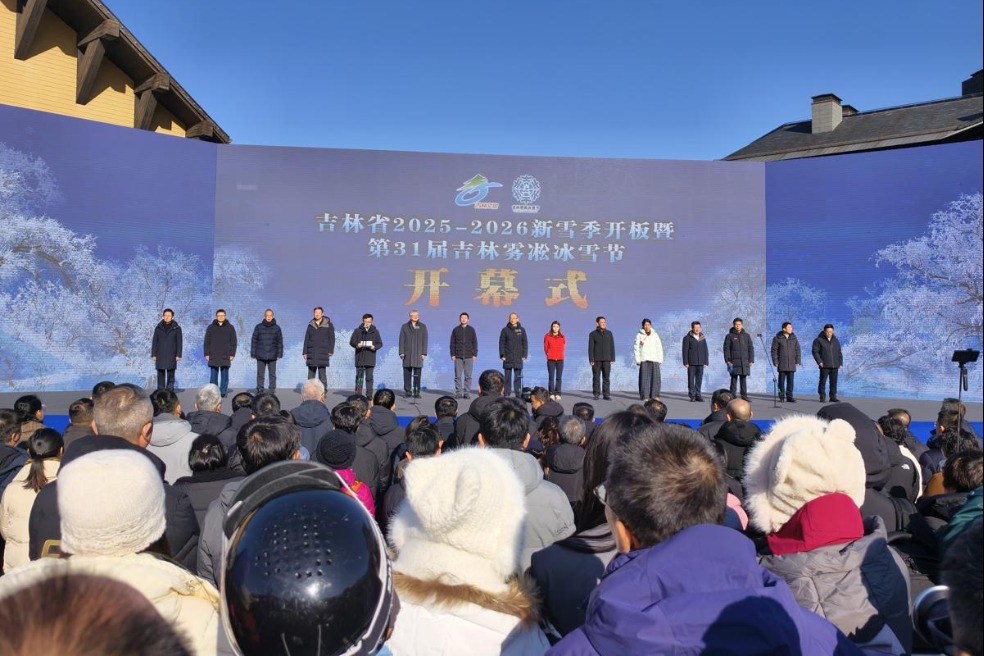Probe of virus' origins needs collaboration


Open-mindedness in international community essential in tracing work
To advance the probe into the origins of the novel coronavirus, top Chinese scientists have recently called for open-mindedness and international collaboration, as well as persistent efforts in screening wild animal specimens and samples of possible early infections.
In an article published in The Lancet journal, Chinese researchers stressed that pinpointing a virus' origin requires "long-term and extensive sample accumulating, which can take several years or decades".
They reviewed past investigations into sources of major infectious pathogens, including HIV, human coronavirus HKU1 and Middle East respiratory syndrome coronavirus.
To this day, debates surrounding their origins remain alive and existing conclusions are sometimes overthrown with the emergence of new evidence, according to the article published on Sept 30.
Regarding human coronavirus HKU1, which usually causes mild respiratory illnesses, the virus was identified in 2004 in a patient returning to Hong Kong from Shenzhen, Guangdong province.
But since then, the article said, positive samples have been detected across the globe and spanning decades, as far back as in nasal swab samples taken from children in Brazil in 1995.
The first author of the article was Tong Yigang, dean of the College of Life Science and Technology at Beijing University of Chemical Technology and a member of a World Health Organization-organized study into the novel coronavirus' origins. Gao Fu, director-general of the Chinese Center for Disease Control and Prevention, was the article's corresponding author.
"The article is meant to spread awareness of the fact that origins-tracing work cannot be accomplished with one stroke," Tong said in an interview with Science and Technology Daily.
The article laid out several aspects for future studies on hunting down the novel coronavirus' origins, including reexamining patients with suspicious symptoms before the pandemic broke out, conducting retrospective tests on blood banks and epidemiological surveys in regions seeing earlier signs of the disease across the globe, as well as launching genomic studies in animal species susceptible to the virus.
In addition, researchers said that "open-mindedness and close international cooperation are pivotal for tracing the origins of any viruses".
They appealed for the international community to "stay away from politicization of the origins of the COVID-19 causative agents, and work together globally for science".
The need to push for comprehensive screening for the novel coronavirus among wildlife was echoed in another article released on Friday on China CDC Weekly, an online academic platform established by the China CDC. Gao and Wang Liang, a researcher at the Chinese Academy of Sciences' Institute of Microbiology, co-authored the article.
It called attention to a shortage of systematic tests targeting wild animals while the list of such animals newly found to be susceptible to the virus is expanding.
For example, an increase in the proportion of wild white-tailed deer in the United States testing positive for the virus from 2019 to this year indicated that the virus had been circulating among them. In addition, Egyptian fruit bats, North American deer mice and bank voles were also found to be susceptible in laboratory studies. "However, these are just the tip of the iceberg as the susceptibility of most terrestrial wild animals to SARS-CoV-2 has not been tested," it said.
Researchers have called for extensive screening to be carried out, "in order to monitor the status of infection and mutation of SARS-CoV-2 in wild animals".
They said screening results will not only inform formulation of future prevention and control strategies, but also provide clues for studies into the virus' origins.
- University launches new AI department to align with national priorities
- Jilin kicks off 2025-26 snow season with grand opening event
- China hails 'hard-won' COP30 Global Mutirao decision
- China-SA science exhibition showcases innovation, cultural exchange
- China opens draft regulations on data protection to public consultation
- Veteran French physicist elected to Chinese Academy of Sciences





































